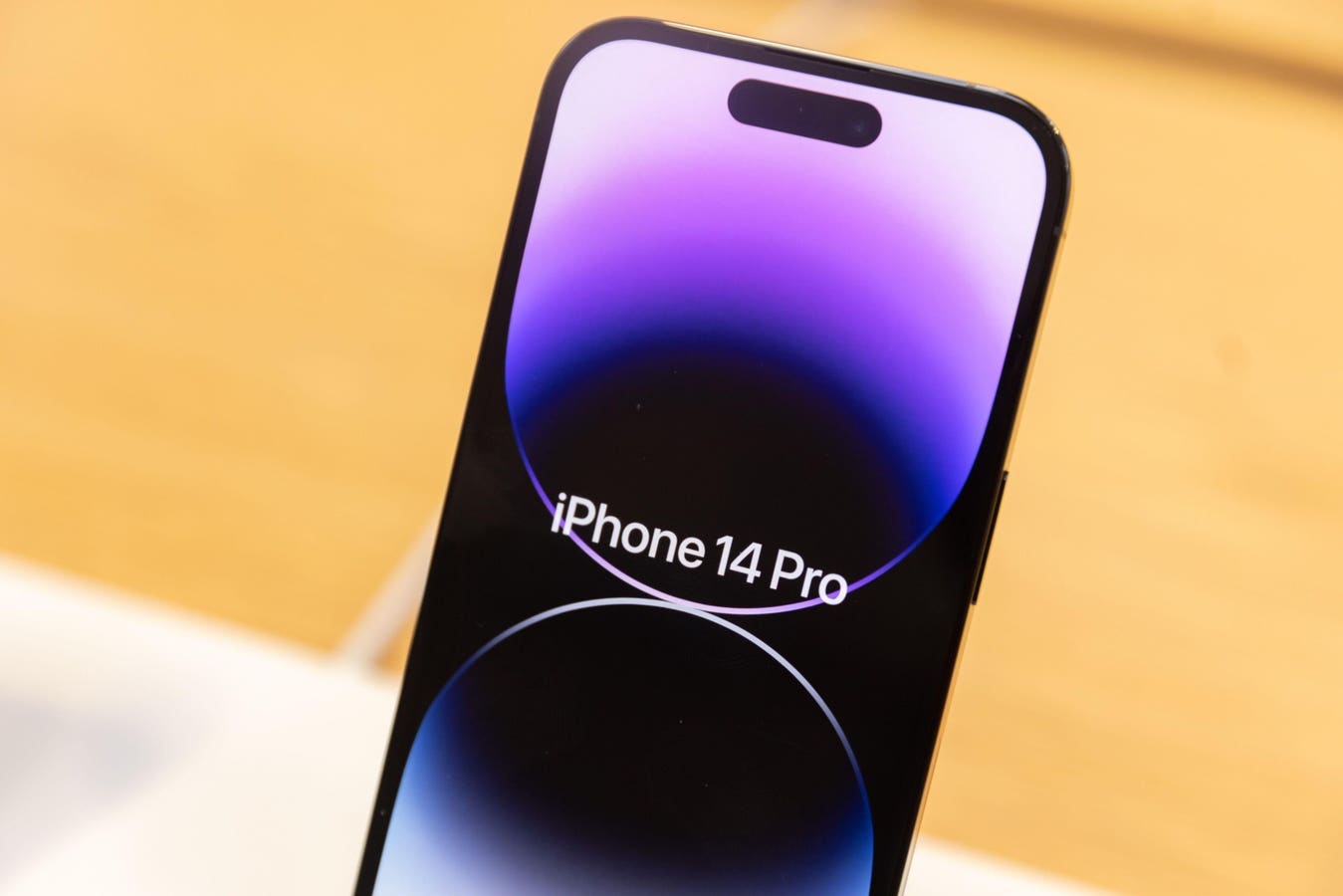Retailers have fired the starting gun on Black Friday deals early this year. There will be few items more popular than Apple’s iPhone 14, which is now up to $100 cheaper.
The deal comes from Walmart and is, ostensibly, a solid discount for a popular phone with several years of iOS updates still left to go. Best Buy also has up to $50 off the same base model, but I imagine more deals will land when Black Friday officially kicks off later this week.
But before you hand over your cash, there are a few things you should know about last year’s flagship Apple smartphone. Particularly when it comes to the device’s reparability and reported battery issues.
Stay tuned for more Black Friday buying guides by hitting the follow button at the bottom of this story, or following me here.
Battery capacity woes
Let’s start with the battery. In August, several iPhone 14 and iPhone 14 Pro users reported that their battery health had dropped significantly after a year of use. Those users included reporters, reviewers and a deluge of people across social media.
One tech reviewer, Lon Seidman, said that his iPhone 14 Pro was losing between 1% and 2% “every two weeks or so,” with it sitting at 88% at the time he posted.
The exact reason for this isn’t clear, but Apple says that battery degradation is normal and that it won’t repair your device under warranty if battery capacity is over 80%. Degradation of lithium-ion batteries is normal, they have a shelf life that is damaged by charging cycles over time. But frustrated iPhone 14 users say that the speed with which the battery is losing capacity is abnormally fast.
Apple hasn’t commented further on user complaints. But the iPhone 15, which launched a month after the glut of these reports, included a feature that details exactly how many times the battery had been fully charged.
There’s also a tool in the iPhone 15 that limits charging to 80%, which can help slow down degradation. Both of these features are exclusive to the iPhone 15, though.
Restricted repairs
If you buy an iPhone 14 and you want to swap the battery out within the first year, it will cost $99 if you have Apple Care. If you do it through a third party, there are additional risks because of Apple’s policy of parts pairing.
To quickly explain, Apple is adding integrated circuits to individual components with unique serial numbers. Those components are then linked to the logic board, which is known as serialisation.
That means that if you want to replace your iPhone 14 battery, you will need to use a genuine part—that can only be bought from Apple—with a corresponding unique serial number and the parts have to be synced-up using Apple’s calibration software.
If the replacement battery isn’t synced up using Apple’s calibration software, which is only available to Apple stores and authorized repair shops, some functionality will be lost.
“You immediately lose the function of battery health. You will get the message in settings to say that it doesn’t know if the new battery is an original Apple part,” Ricky Panesar, founder of repair specialists iCorrect, explained to me.
That means users won’t be able to see how much battery capacity is left. On the iPhone 15 the new cycle count, manufacture date and date of the first time the phone was used will be disabled if the battery is replaced without Apple’s authorization.
The result of this is fewer, and sometimes more expensive, repair options for iPhone 14 owners who are experiencing rapid battery capacity degradation. If you want to swap out your iPhone 14 battery, you will have to pay Apple $99 or find a repair shop that specializes in micro electronics, who can transfer over the ICs to make sure the device and new battery recognize each other. Few repair shops can do this. They will also have to have another iPhone 14 battery in stock to take the battery from.
Stay tuned for more Black Friday buying guides on Apple, Google and Samsung tech by following me here.
Read the full article here





